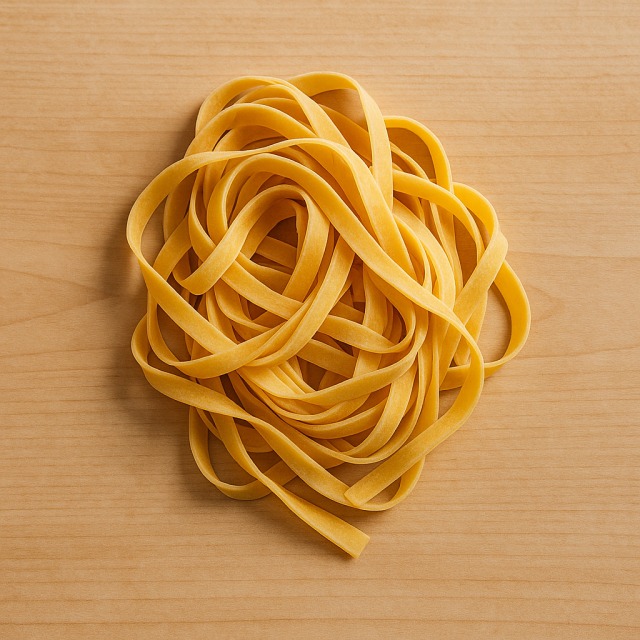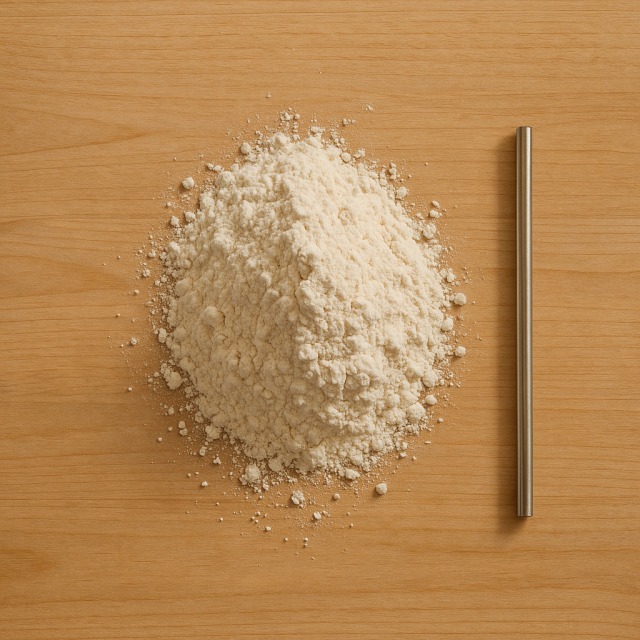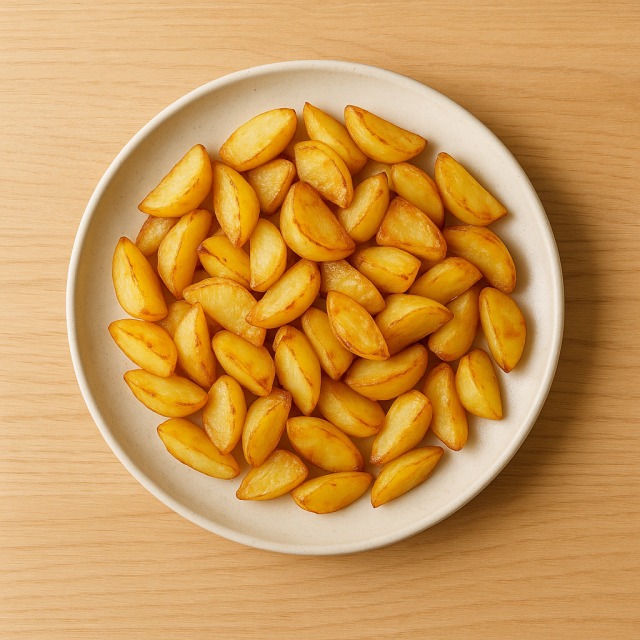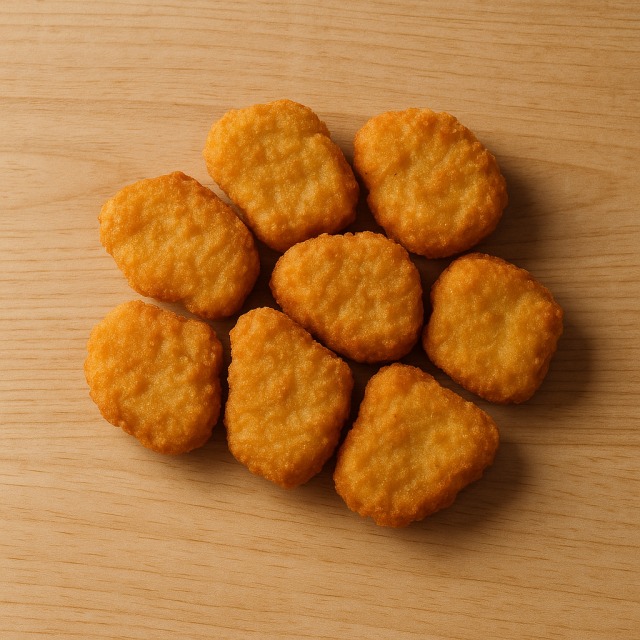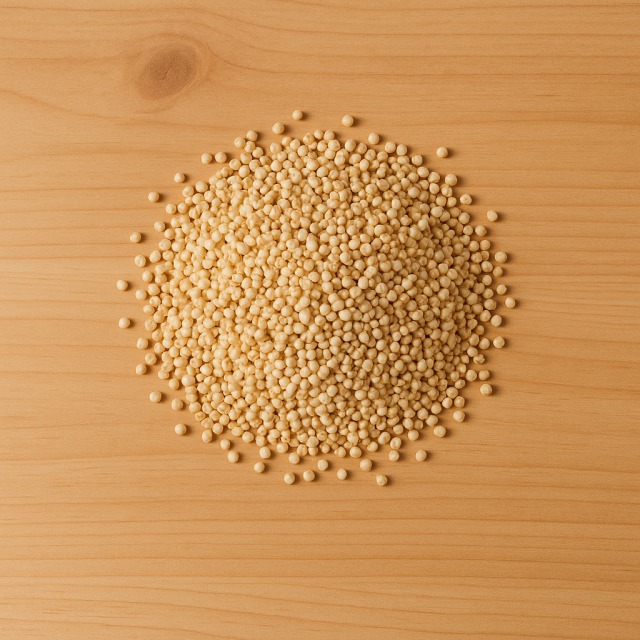Calorie Chart / Trimmings / Pasta
How Many Calories Are in Pasta?
Calculation of the nutritional value & Recommended Dietary Intake of pasta
For g and a calorie requirement of kcal
| Calories 220 kcal | Proteins 7 g | Lipids 0.4 g | Carbohydrates 47 g |
| 11% | 9% | 1% | 17% |
Health benefits of pasta

Pasta - 100g
Calories 110 kcal
Proteins 3.5 g
Lipids 0.2 g
Carbohydrates 23.5 g
Pasta is considered a moderate-calorie food: with 110 kcal per 100 g cooked, it supplies enough energy without the calorie load of richer staples. Those calories come mainly from complex carbohydrates that release energy gradually, helping to limit sudden hunger spikes despite the calories ingested.
Beyond its calorie profile, pasta provides B-group vitamins (notably B1, B2 and folate) that support normal metabolism, as well as minerals such as selenium and manganese, both known for their antioxidant properties. Whole-wheat pasta is even richer in fibre, which can enhance satiety and therefore help control total calories consumed at the next meal.
Contrary to popular belief, pasta has very little fat and only modest protein; what matters for calorie balance is the accompaniment. Used wisely, pasta can fit into weight-loss or muscle-gain plans because its calories are easy to count and portion. Fun historical note: the first written reference to pasta dates back to 1154 in Sicily, long before it became an Italian icon—proof that controlling calories is an age-old concern!
To summarise: moderate calories, slow-release carbs, useful micronutrients and remarkable versatility make pasta a smart base when you watch your daily calorie budget.
Tips for incorporating pasta into a balanced diet
To keep pasta's calories in check, pair one cooked handful (about 70 g dry) with plenty of vegetables. A classic combo is al dente pasta tossed with steamed broccoli and a light drizzle of pesto sauce; the greens add bulk without many calories while the healthy fats in the pesto boost flavour.
For an athletic recovery plate, mix pasta with grilled chicken breast and fresh herbs. The additional protein helps muscle repair, and the total calories remain moderate because pasta's fat content is negligible.
If you crave comfort food but still monitor calories, top pasta with a homemade tomato sauce, a sprinkle of Parmigiano, and a side of crisp zucchini ribbons sautéed in olive oil. The vegetables dilute overall calories while adding vitamins.
Remember: cook pasta just until firm, cool it slightly, then reheat it; this increases resistant starch, potentially lowering the glycaemic impact and helping you feel full on fewer calories.
Frequently Asked Questions
- How many calories are in pasta?
- There are 110 kcal per 100 g of cooked pasta.
- Do dry pasta and cooked pasta have the same calories?
- No. Dry pasta contains roughly 350 kcal per 100 g, but after cooking it absorbs water and the calories drop to about 110 kcal per 100 g.
- How many calories are in one typical plate of pasta?
- A common serving of 200 g cooked pasta delivers around 220 kcal, before adding sauce or toppings.
- Is whole-wheat pasta lower in calories than regular pasta?
- The calories are very similar, yet whole-wheat brings more fibre, which may help you feel satisfied with fewer total calories throughout the day.
- What is the best portion size if I am reducing calories?
- A cooked portion of 150 g (about 50 g dry) keeps calories near 165 kcal; fill the plate with vegetables to add volume without too many extra calories.
- Does rinsing pasta after cooking remove calories?
- Rinsing only washes off surface starch; it does not meaningfully change calories, so focus on portion and sauce choice for real calorie control.
Similar foods
Information provided by Calorie Menu may contain inaccuracies or errors. It cannot, under any circumstances, substitute medical advice or medication.

